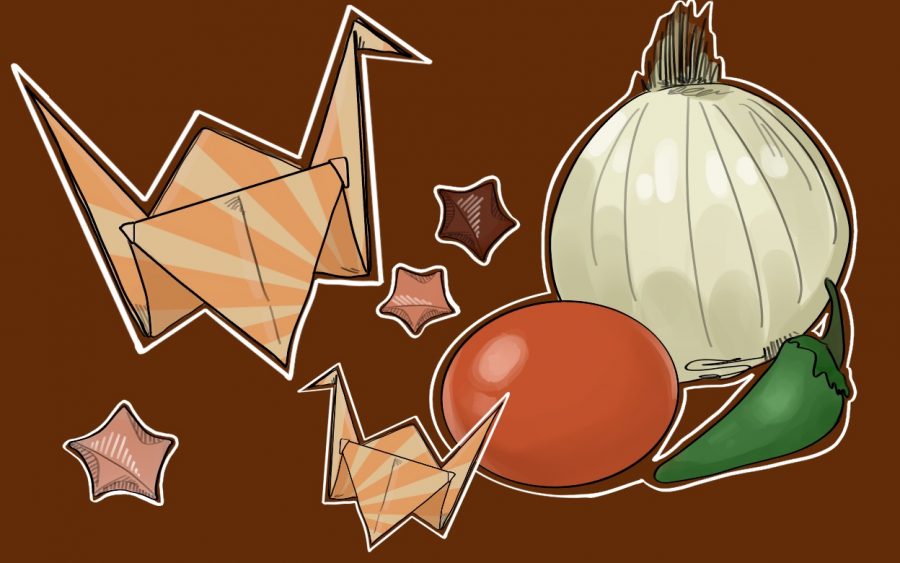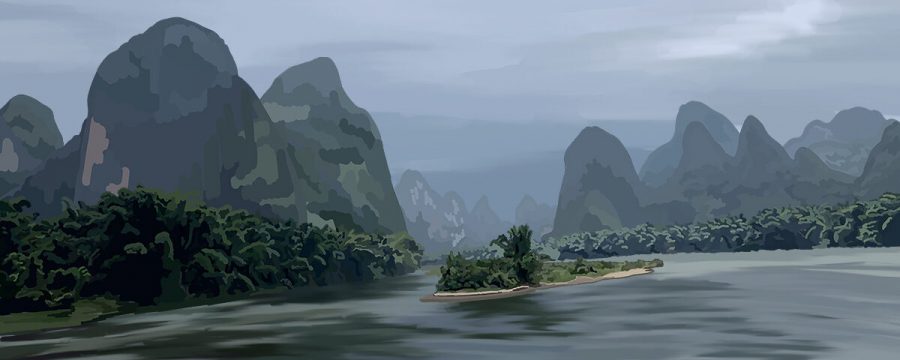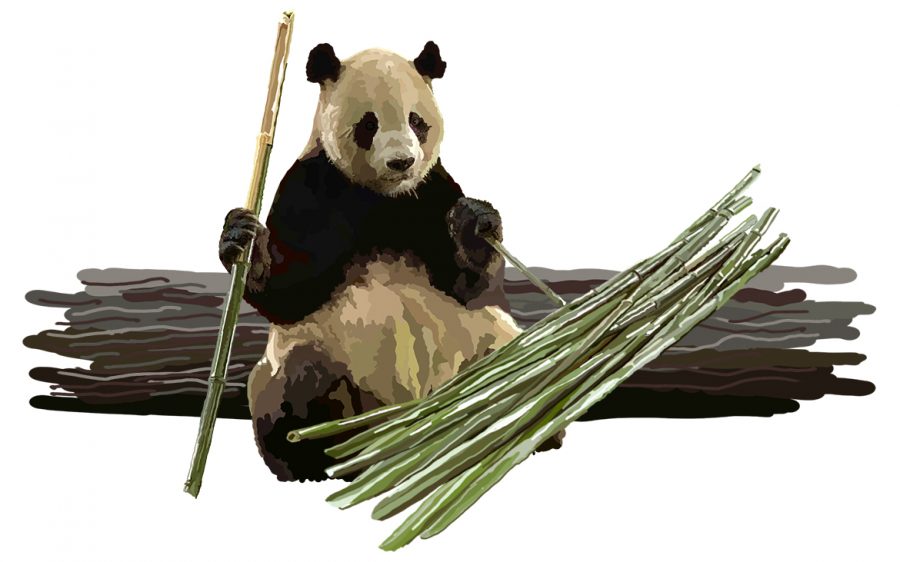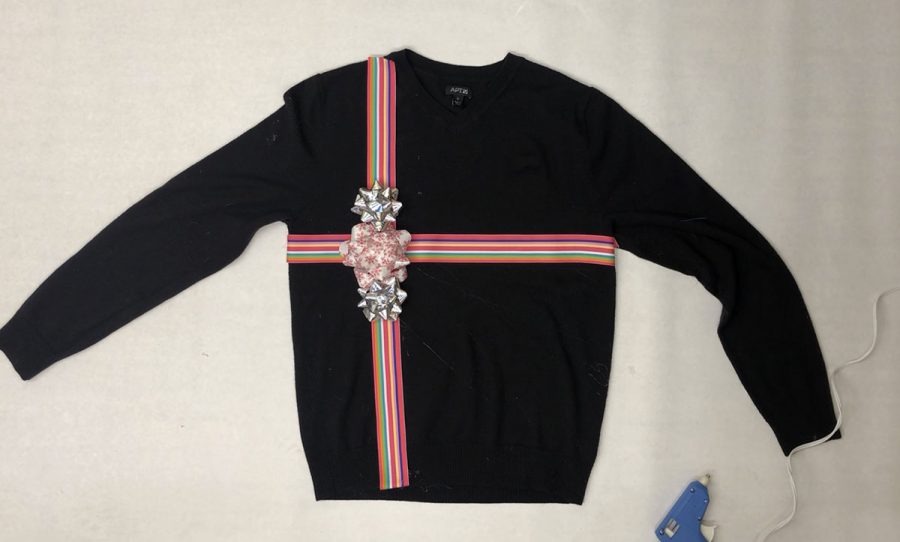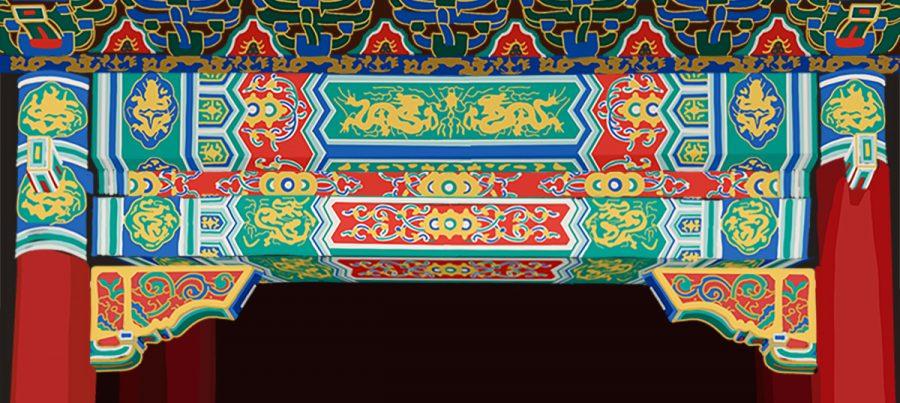The first time that I had ever heard about Bali, Indonesia, was from my mom when I asked her where she has always wanted to travel to. After that I paid attention when it was mentioned, by family friends or on TV, but I never gave the location much thought.
People talked as if it was the hub of the country, but it seemed like a random place to me. I didn’t understand what was so special about that island in particular until last summer. My mom and I visited Bali after staying at Komodo National Park on Pulau Sebayur Besar earlier in the week. Though both places were technically part of the same country, their environments were completely different. Komodo National Park was mainly beaches and desert; whereas, Bali had an abundance of vegetation growing everywhere.
We stayed in the town of Ubud, located in the southeastern part of the island. It had a little bit of everything in the way of attractions and activities and was far enough away from the five-star resorts and commercialized beaches, which we weren’t interested in. At only two days, our time was short, but we did our best to soak up as much of the atmosphere as we could.
On our first day, we were up before the sun for a full-day photography tour of Ubud. Our guide was an American photographer, Stephen Wayda, who took portraits of numerous celebrities during his 40-year career. Now, however, he has traded the life of studio lights and models for the landscapes and locals of Indonesia.
Our tour began near Mount Agung, an active volcano that had erupted two weeks before we arrived. The first light of day was just creeping over the horizon, shining on the ash still coming from the crater. Once we found a clear shot of the mountain, we waited, cameras at the ready, for the sky to turn from a midnight blue to gold, illuminating the fields below us. As soon as it did, the sparse sounds of shutters escalated to a chorus, with one going off every five seconds.
After the sky’s glow faded, we moved on to our second stop: a neighborhood market. It was only 6:30 a.m., but the street was already packed with people buying and selling food, alive and dead, cooked and raw. Many of the vendors were incredibly cooperative with our requests to take their pictures. I snapped portraits of individuals as well as environmental photos that showed their interactions with others and their surroundings. After taking a photo, I would show it to the person, and every time they would smile, giving a positive response to what I was doing. All of the villagers were so kind and open to us foreigners passing through, maybe because we were as unfamiliar to them as they were to us. We would try the products they were selling and exchange waves as we walked by. The marketplace gave me a glimpse into the everyday life of a native Balinese, which was much more captivating than any tourist trap.
Being in a new place, however, brought out the sightseer in me. I was itching to visit the Tegalalang Rice Terrace. Luckily for me, that was our next location. Rice paddies are found all throughout the island, like cornfields in Missouri, but there are some that are stacked along hillsides, creating a lush green stairstep landscape. The initial view I saw was what you can find in any picture, which gave me an aerial shot of the terraces below. The paths that allowed us to descend through the fields to the bottom of the valley gave me a whole new perspective. For me, our trip would have been incomplete without visiting this iconic landscape of Southeast Asia.[TS_VCSC_Lightbox_Gallery content_images=”321764,321765,321767,321766,321768,321769,321770,321771,321772,321773,321774,321775″ data_grid_preloader=”-1″ lightbox_effect=”simpleSwitch”][/TS_VCSC_Lightbox_Gallery]The mountain, market and terrace were just three of the six different sites, the others being a Hindu water temple, a waterfall and a traditional family compound, that Wayda led us through. These were the perfect locations for capturing the life and land of Ubud. The tour was unlike any other available because it wasn’t a surface level tour where we would see a place and then move on. Instead, we took time, an hour or more, at each stop, walking around, interacting with the townspeople and really appreciating the scenery. The goal through each picture I took was to represent Bali in the moment as I saw it.
Day two was just as busy as the first, with plans to wash, feed and ride elephants in the morning and then a spontaneous exploration of the Sacred Monkey Forest Sanctuary in the afternoon.
My mom came across the Mason Elephant Lodge when she was researching Ubud. The lodge doubles as a rescue park for Sumatran elephants, an endangered species because of deforestation. We had an opportunity to wash and bathe one of the animals before the park opened and then have breakfast while overlooking the park.
When we arrived at the lodge, an employee led us to a place closed off to guests where an elephant and its attendant greeted us. The employee handed me a scrub brush and a hose then demonstrated how to bathe the animal. It was simple, like cleaning a dog, a 10-foot, 7,000 pound, thick-skinned dog. I washed and rinsed the elephant for 20 minutes until a handler led us to the bathing pool.  There I rode bareback on the elephant into the water where it splashed and swam. After just a few minutes in the water, it sat, soaking me from the waist down. It sprayed water through its trunk and played with other elephants nearby not caring that I was on its back. Soon, a line to ride began to form, so my time was over.
There I rode bareback on the elephant into the water where it splashed and swam. After just a few minutes in the water, it sat, soaking me from the waist down. It sprayed water through its trunk and played with other elephants nearby not caring that I was on its back. Soon, a line to ride began to form, so my time was over.
There were showers and bathrooms available, so I went and got cleaned up for breakfast. Once I was mostly dry, my mom and I found our way to the dining pavilion that overlooked the pool. As we ate, we watched the animals bathe and the visitors leave sopping wet.
The rest of the morning, we strolled parts of the grounds we hadn’t seen, engaging in the various activities available: elephant feeding, photo ops and rides around the park. There was also a museum about the history of the lodge and its elephants and an art gallery with paintings and sculptures of elephants, as well as a gift shop we wandered through on our way to the exit.
Once we arrived back to our hotel from making our new pachyderm friends, my mom and I tried to think of what to do for the rest of the day. We asked the front desk worker for suggestions and she told about a monkey forest sanctuary a couple of miles south that was worth checking out. We were both intrigued and set out on our final adventure in Ubud.
Since the sanctuary was so close, we figured we were better off going by foot than trying to call a taxi. Two miles on a map didn’t seem like very far, but when we were actually walking it, out in the summer heat, it felt like 2,000 miles. The hotel worker gave us vague directions on how to get to the forest, so we weren’t 100 percent sure if we were on the right street or even headed in the right direction. My mom didn’t like the idea of not knowing exactly where we were going. I, however, relished the thought of being lost in a foreign land. I envisioned the exotic oddities that we might see as we wandered and the different ways we could try to get back to our hotel. Sadly, my dreams were ruined when I spotted the gates to the forest.
The small shops and houses on the roadside suddenly ended, turning into trees so tall I couldn’t see the tops of them. I knew there would be monkeys, obviously, but I didn’t realize just how many I would actually see. There must have been a thousand, if not more. They were running wild all over the place, coming and going as they pleased.
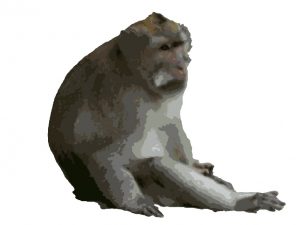 My mom and I meandered through the park, watching ignorant tourists try to lure in the apes with bananas so they could get a photo with them. This would almost always end with a monkey snatching a pair of sunglasses and running up into the trees. We explored the different trails in the forest, taking in our first calm moment the trip. We weren’t rushing to be on time to somewhere, there wasn’t an agenda that we had to stick to and we didn’t need to worry about what we would do next. It gave us a chance to breathe and reflect on all of the places we had seen and activities we had done. It was starting to get late, however, and we still had the trek back, so after a peaceful two hours, we left for the hotel to pack for our flight to Singapore in the morning.
My mom and I meandered through the park, watching ignorant tourists try to lure in the apes with bananas so they could get a photo with them. This would almost always end with a monkey snatching a pair of sunglasses and running up into the trees. We explored the different trails in the forest, taking in our first calm moment the trip. We weren’t rushing to be on time to somewhere, there wasn’t an agenda that we had to stick to and we didn’t need to worry about what we would do next. It gave us a chance to breathe and reflect on all of the places we had seen and activities we had done. It was starting to get late, however, and we still had the trek back, so after a peaceful two hours, we left for the hotel to pack for our flight to Singapore in the morning.
I wasn’t ready to leave such a magical place. There were still so many more aspects to the Balinese lifestyle and terrain that I wanted to discover. Only after visiting for myself did I understand what all the hullabaloo of Bali was about. Although our stay only lasted two days, everything we did made it feel like a week. I was given a taste of a variety of opportunities the island had to offer and experienced the culture in multiple ways. I interacted with locals and got a perspective on their daily lives. I saw landscapes most people only know about through pictures. I got up close with animals I had only seen in a zoo before. These were all bullet points on a bucket list I didn’t know I had until I did them, and of all the places in the world, the random island in Indonesia that I had heard so much about was where they all occurred.
Have you ever interacted with an exotic animal before? Let us know in the comments below.













































































